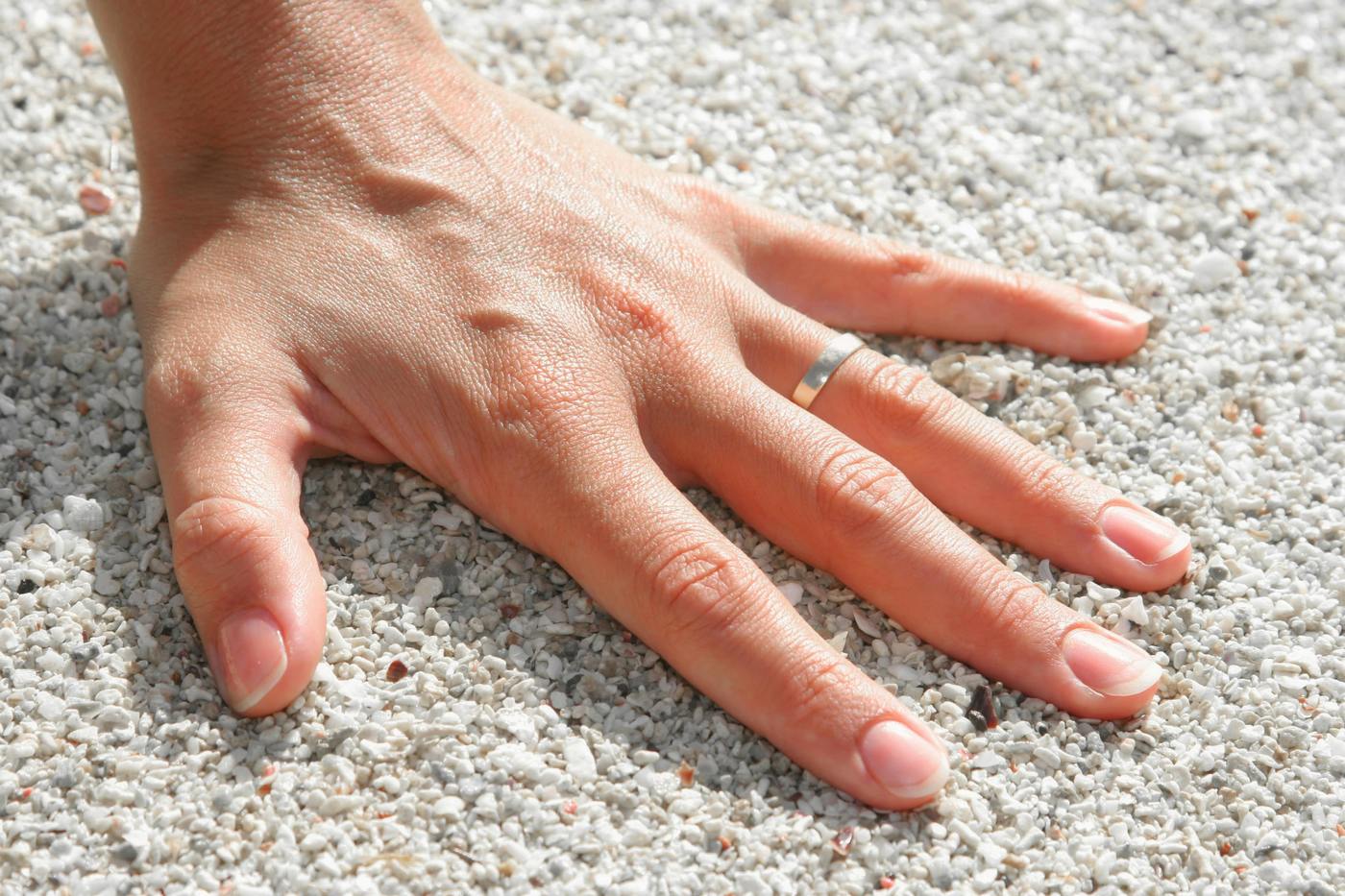Reading time 3 minutes.
It is important to take care of your fingernails and toenails not only for cosmetic reasons, but also for your health. This can prevent fungal diseases, painful ingrowing, and skin infections.
But did you know that your nails can provide valuable information about your overall health? Healthy nails are smooth, pinkish, and free of pits and grooves. They are uniform in consistency and colour.
Spots, lines, pits or bumps may be symptoms of various diseases. Any issues with your liver, lungs or heart may be manifested in your nails. Read on to find out what secrets your nails can unlock.
It is quite common for nails to have white spots. This phenomenon is technically called leukonychia punctata and is most often caused by previous microtraumas. Spots produced in this way are harmless and grow out with the nails. However, they may also indicate health concerns such as anaemia, insufficient dietary intake of minerals (especially calcium, zinc or selenium), or heart or kidney disease. They may even be a sign of poisoning.
If your nails are almost all white with darker edges, you should be alert to liver problems or jaundice.
One of the most common causes of yellow nails is fungal infection. In its more advanced stage, the nail beds may also shrink, the nails become thicker and begin to flake. In rare cases, yellow nails may also signal more serious thyroid issues, pulmonary disease, diabetes, or psoriasis.
Nails with a bluish tinge occur in people with insufficient oxygen supply to the body due to lung diseases, such as emphysema. Certain heart problems may also be associated with bluish nails.
If the nail surface is wavy or shows indentations or grooves, this may be an early sign of psoriasis or inflammatory arthritis. With psoriasis, the nails may also be sunken in the shape of a spoon. Transverse indentations and grooves may also be caused by gout, infection or intoxication.
Dry and brittle nails that often crack, split and break may be a symptom of thyroid disease. If they also have a yellowish tinge, fungal disease is the likely cause.
If the skin around the nail is red and swollen, you most likely have an inflamed nail bed. This is usually the body’s reaction to a bacterial infection, which can easily penetrate the skin in the area around the nail. Inflammation of the bed can occur as a result of improper manicuring, nail biting, hangnails, etc. Treatment generally involves the topical application of antiseptic creams, and you should avoid contact with cleaning agents and other chemicals. Proper hygiene as a means of prevention should be a basic precaution.
Dark lines under the nails are caused by the pigment melanin. There are several possible reasons for the appearance of these lines; if they are not the result of an injury, it is advisable to consult a doctor, since their presence increases suspicions of melanoma, skin cancer.
Small dimples and pits on the nails are common in people with psoriasis, but they may also be the result of a previous nail injury. Nail pitting is associated with conditions where the cuticle is damaged, such as chronic finger dermatitis or the autoimmune disease alopecia areata, which causes hair loss.
After reading the above list of symptoms, do you feel that you are definitely ill? Don’t fret. There’s no need to worry. While changes in the nails may stem from a number of diseases, many abnormalities are harmless. However, if you are still concerned about the way your nails look, make an appointment to discuss the issue with your doctor.

